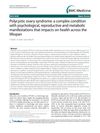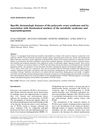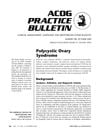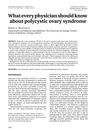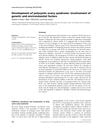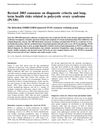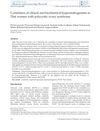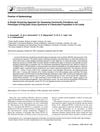Polycystic Ovary Syndrome: A Common But Often Unrecognized Condition
May 2012
in “
Journal of Midwifery & Women's Health
”
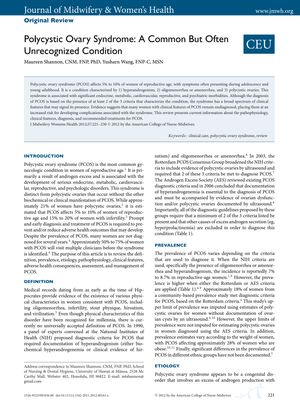
TLDR Polycystic Ovary Syndrome is common but often undiagnosed, and early treatment is important to prevent health problems.
The document from 2012 reviews Polycystic Ovary Syndrome (PCOS), affecting 5% to 10% of women of reproductive age, and is characterized by hyperandrogenism, menstrual irregularities, and polycystic ovaries. It is associated with a range of health issues, including endocrine, metabolic, cardiovascular, reproductive, and psychiatric morbidities. Despite the prevalence of PCOS, it often remains undiagnosed, which increases the risk of complications. The etiology is multifactorial, involving genetic and environmental factors, with insulin resistance playing a role in the pathophysiology. Clinical features include hirsutism, acne, androgenic alopecia, and acanthosis nigricans. Early diagnosis and treatment are crucial for preventing adverse health outcomes. Treatment strategies vary and may include weight reduction, pharmacological interventions like combined oral contraceptives and antiandrogens, and direct hair removal methods. A randomized controlled trial with 37 women suggested that the vaginal ring might be preferable for those with hyperinsulinemia. A meta-analysis of 17 studies with 1639 women showed increased pregnancy rates when combining clomiphene with metformin for obese women with PCOS. The document emphasizes the importance of early intervention and maintaining a high index of suspicion for PCOS in clinical practice.
